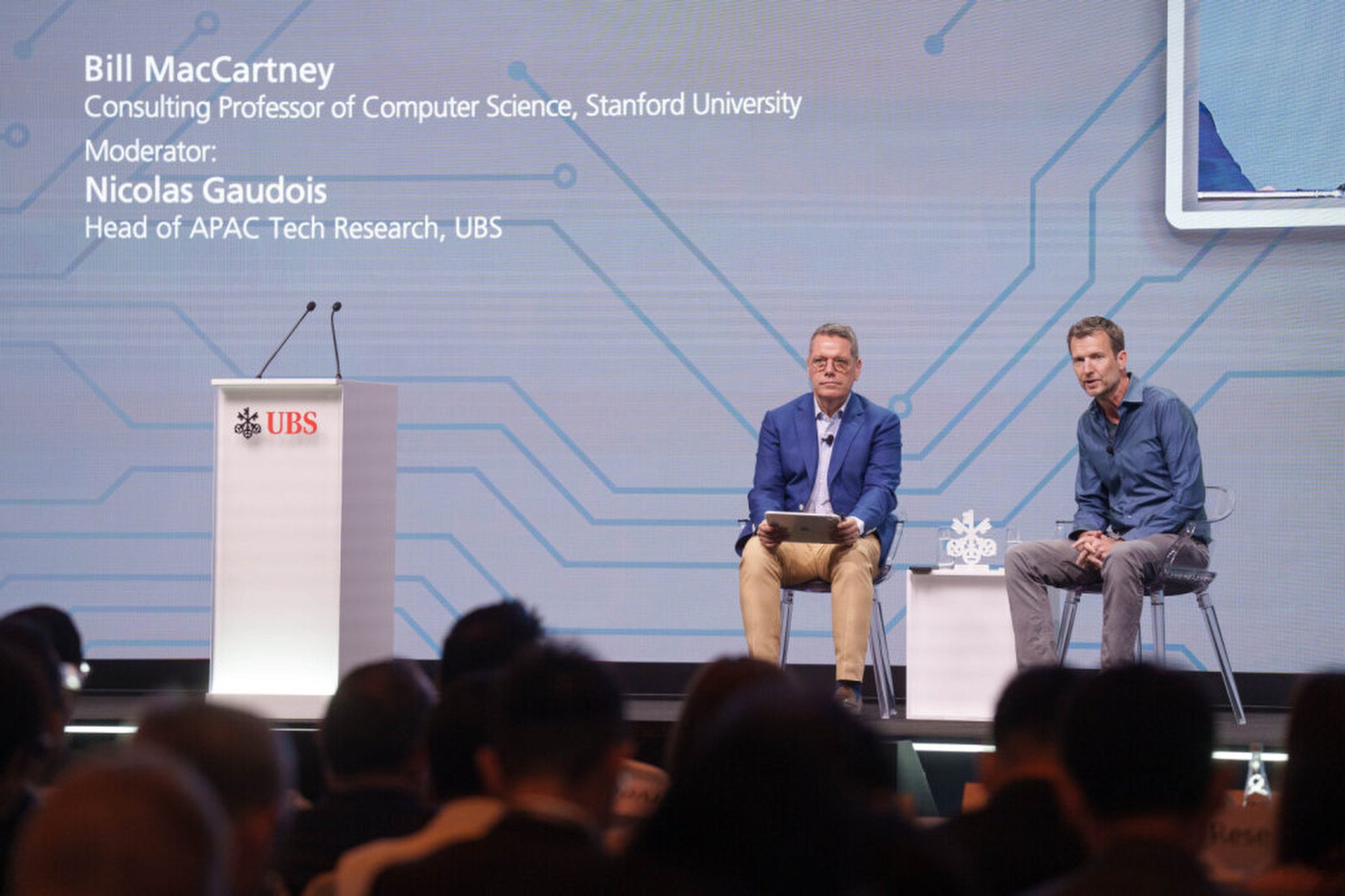For Romer, though, waiting for AI to push worker productivity growth to new heights is a fool’s errand. The surest way to growth, he said, is foreign direct investment (FDI).
“There’s two different ways you can think about globalisation unfolding,” he said. “One is Japan has companies that make cars, and then they put those cars on boats, and they ship them all over the world. Another is Japan has companies that are good at making cars, and then they go make cars in the United States and other places around the world. I think people underestimate, especially in the developing world, the gains that can come from that type of direct foreign investment.”
The primary reason for that is how workers will gain new skills on the job, he said, and that has downstream implications for an economy. Without those work opportunities, people miss out on chances to build up that knowledge and experience.
The other challenge Romer sees is that AI, as an algorithmic technology that is just “trying to fit a curve”, is bad at predicting and understanding rare events that humans can easily comprehend. He used the example of autonomous driving, which works well in ideal conditions but can result in accidents in scenarios with more complicated traffic patterns or reduced visibility.

Bill MacCartney, chief technology officer at the venture capital firm SignalFire and a computer science professor at Stanford University, suggested current AI technologies could already be on track to solve the issue of limited information.
“The limits to extrapolation to training data that [Romer] points to are primarily limits to particular approaches to modelling and not insurmountable limits that are never addressable even in principle,” MacCartney told the Post at the UBS event on Wednesday, adding that he had spoken with Romer about the topic at the conference. “Those kinds of challenges point to a need for continuing innovation in the methods of AI.”
One sign that AI is advancing in this area is that large language models (LLMs) give better answers when asked to reason through a problem, according to MacCartney.
“The more we’re able to introduce those intermediate steps of reasoning and understanding and interpretation, the better able our models will be at dealing with unforeseen situations,” he said.
“There’s been some exploration of other languages, but probably not of the vast amount of literature that’s in Chinese,” Romer said. “So there may still be some room [to advance AI] that could come from combining those two different bodies of data.”
Romer called the strategy “plausible” but “challenging”. This strategy is currently hampered by poor consumer confidence.
“A billion people is a lot of brainpower and there’s a lot of potential for specialisation and supplying different kinds of services,” Romer said. “[For] a country at the level of development of India or China, logically there’s no reason why they have to be reliant on the rest of the world.”
Some countries have tried to emulate this success, but Romer suggested that it is better to let investors find out where the best opportunities lie for a given market.
“I wouldn’t recommend that these developing countries think first about what infant industries should we be protecting,” he said. “This idea of the national champion I think is probably just a distraction.”
It’s very important for the US and China to figure out how to compete with each other in a way that actually makes the world better off.
China’s Belt and Road Initiative, consisting of costly infrastructure projects in mostly developing economies, has been one way Beijing has sought to bolster its soft power. But in Romer’s view, making this kind of project work requires a more traditional kind of investment: real estate.
“I think Belt and Road is not going to prove to be self-financing unless they expand from ports and roads and rail into something like real estate development at these hub points that they’re creating,” he said.
The ideal scenario, according to the economist, is that the US and China compete to build up cities in developing markets, spurring growth based on merit.
“I hope they compete vigorously to be the country that’s running the destinations that more people want to go to,” Romer said. “It’s very important for the US and China to figure out how to compete with each other in a way that actually makes the world better off rather than in a way that could really threaten everybody.”

